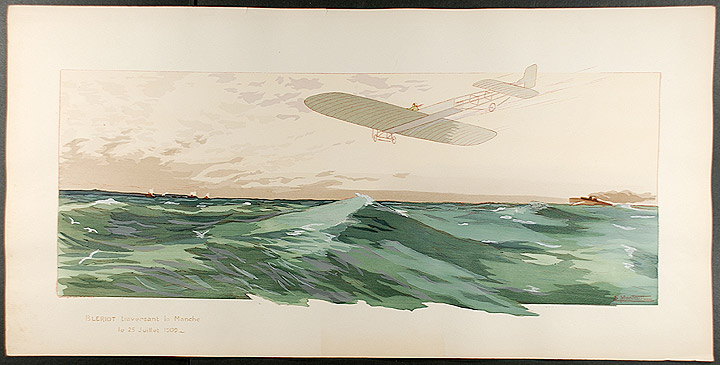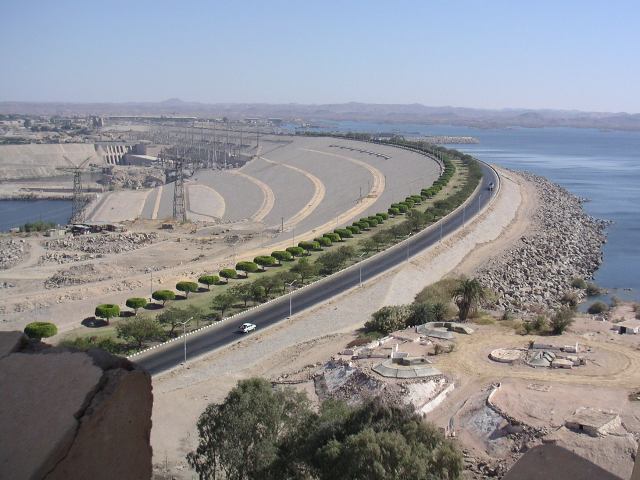|
Sara De Ibáñez
Sara de Ibáñez (1909–1971) was an Uruguayan poet, literary critic, and educator. Biography Ibáñez was born in Chamberlain. She was known for her "intensely lyrical poetry on topics of universal importance", such as war, the apocalypse, death, nature, and love. She employed traditional verse forms, like the sonnet, along with freer verse forms. Ibáñez died in Montevideo Montevideo (, ; ) is the capital city, capital and List of cities in Uruguay, largest city of Uruguay. According to the 2023 census, the city proper has a population of 1,302,954 (about 37.2% of the country's total population) in an area of . M ... in 1971. Works * ''Canto a Montevideo'' ong to Montevideo 1941. * ''Pastoral''. México: Cuadernos americanos, 1948. * ''Artigas''. 1952. * ''Las estaciones y otros poemas'' he seasons and other poems México: Tezontle, 1957. * ''La batalla'' he battle Buenos Aires: Editorial Losada, 1967. * ''Apocalipsis XX'' evelation 20 Caracas: Monte Avila, 1970. * ... [...More Info...] [...Related Items...] OR: [Wikipedia] [Google] [Baidu] |
Encyclopedia Of Latin American History And Culture
''Encyclopedia of Latin American History and Culture'' is a comprehensive reference work, with over 5,000 articles by specialists in Latin American history, politics, and culture. The first edition of the encyclopedia comprises five print volumes, edited by Barbara Tenenbaum of the Hispanic Division of the Library of Congress The Library of Congress (LOC) is a research library in Washington, D.C., serving as the library and research service for the United States Congress and the ''de facto'' national library of the United States. It also administers Copyright law o .... A second edition in 2008 comprises six volumes, edited by Jay Kinsbruner and Erick Langer, in print and electronic format. There are lengthy, comprehensive articles, as well as shorter topical ones. Three thousand biographical sketches of important Latin Americans range from the prehispanic era to the late twentieth-century from all parts of Latin America. There are a large number of illustrations and maps ... [...More Info...] [...Related Items...] OR: [Wikipedia] [Google] [Baidu] |
Chamberlain, Uruguay
Chamberlain is a village or populated centre of Tacuarembó Department, in northern Uruguay. It is connected by railway with the city of Paysandú Paysandú () is the capital and most populous city of the Paysandú Department in western Uruguay. Located on the banks of the Uruguay River, it is the country's List of cities in Uruguay, fourth-largest city and a vital cultural and economic hu .... Chamberlain is notable as the birthplace of the poet, Sara de Ibáñez. Population In 2011 Chamberlain had a population of 52. Source: ''Instituto Nacional de Estadística de Uruguay'' References External linksINE map of Chamberlain Populated places in the Tacuarembó Department {{Tacuarembó-geo-stub ... [...More Info...] [...Related Items...] OR: [Wikipedia] [Google] [Baidu] |
Sonnet
A sonnet is a fixed poetic form with a structure traditionally consisting of fourteen lines adhering to a set Rhyme scheme, rhyming scheme. The term derives from the Italian word ''sonetto'' (, from the Latin word ''sonus'', ). Originating in 13th-century Sicily, the sonnet was in time taken up in many European-language areas, mainly to express romantic love at first, although eventually any subject was considered acceptable. Many formal variations were also introduced, including abandonment of the quatorzain limit – and even of rhyme altogether in modern times. Romance languages Sicilian Giacomo da Lentini is credited with the sonnet's invention at the Court of Frederick II, Holy Roman Emperor, Frederick II in the Sicilian city of Palermo. The Sicilian School of poets who surrounded Lentini then spread the form to the mainland. Those earliest sonnets no longer survive in the original Sicilian language, however, but only after being translated into Tuscan dialect. The form c ... [...More Info...] [...Related Items...] OR: [Wikipedia] [Google] [Baidu] |
Montevideo
Montevideo (, ; ) is the capital city, capital and List of cities in Uruguay, largest city of Uruguay. According to the 2023 census, the city proper has a population of 1,302,954 (about 37.2% of the country's total population) in an area of . Montevideo is situated on the southern coast of the country, on the northeastern bank of the Río de la Plata. A Portuguese garrison was established in the place where today is the city of Montevideo in November 1723. The Portuguese garrison was expelled in February 1724 by a Spanish soldier, Bruno Mauricio de Zabala, as a strategic move amidst the Spanish people, Spanish-Portuguese people, Portuguese dispute over the Río de la Plata Basin, platine region. There is no official document establishing the foundation of the city, but the "Diario" of Bruno Mauricio de Zabala officially mentions the date of 24 December 1726 as the foundation, corroborated by presential witnesses. The complete independence from Buenos Aires as a real city was not ... [...More Info...] [...Related Items...] OR: [Wikipedia] [Google] [Baidu] |
1909 Births
Events January–February * January 4 – Explorer Aeneas Mackintosh of the Imperial Trans-Antarctic Expedition escapes death by fleeing across drift ice, ice floes. * January 7 – Colombia recognizes the independence of Panama. * January 9 – The British Nimrod Expedition, ''Nimrod'' Expedition to the South Pole, led by Ernest Shackleton, arrives at the Farthest South, farthest south reached by any prior expedition, at 88°23' S, prior to turning back due to diminishing supplies. * January 11 – The International Joint Commission on US-Canada boundary waters is established. * January 16 – Members of the ''Nimrod'' Expedition claim to have found the magnetic South Pole (but the location recorded may be incorrect). * January 24 – The White Star Liner RMS Republic (1903), RMS ''Republic'' sinks the day after a collision with ''SS Florida'' off Nantucket. Almost all of the 1,500 passengers are rescued. * January 28 – The last United States t ... [...More Info...] [...Related Items...] OR: [Wikipedia] [Google] [Baidu] |
1971 Deaths
* The year 1971 had three partial solar eclipses (Solar eclipse of February 25, 1971, February 25, Solar eclipse of July 22, 1971, July 22 and Solar eclipse of August 20, 1971, August 20) and two total lunar eclipses (February 1971 lunar eclipse, February 10, and August 1971 lunar eclipse, August 6). The world population increased by 2.1% this year, the highest increase in history. Events January * January 2 – 1971 Ibrox disaster: During a crush, 66 people are killed and over 200 injured in Glasgow, Scotland. * January 5 – The first ever One Day International cricket match is played between Australia and England at the Melbourne Cricket Ground. * January 8 – Tupamaros kidnap Geoffrey Jackson, British ambassador to Uruguay, in Montevideo, keeping him captive until September. * January 9 – Uruguayan president Jorge Pacheco Areco demands emergency powers for 90 days due to kidnappings, and receives them the next day. * January 12 – The landmark United States televis ... [...More Info...] [...Related Items...] OR: [Wikipedia] [Google] [Baidu] |
Uruguayan Women Poets
Uruguayans () are people identified with the country of Uruguay, through citizenship or descent. Uruguay is home to people of different ethnic origins. As a result, many Uruguayans do not equate their nationality with ethnicity, but with citizenship and their allegiance to Uruguay. Colloquially, primarily among other Spanish-speaking Latin American nations, Uruguayans are also referred to as "'' orientals s in Easterners'" (). Uruguay is, along with much of the Americas, a melting pot of different peoples, with the difference that it has traditionally maintained a model that promotes cultural assimilation, hence the different cultures have been absorbed by the mainstream. Uruguay has one of the most homogeneous populations in South America; the most common ethnic backgrounds by far being those from Spain, Italy, Germany and France i.e. Spanish Uruguayans, Italian Uruguayans, German Uruguayans, French Uruguayans and Polish Uruguayans. Immigration waves Most Uruguayans d ... [...More Info...] [...Related Items...] OR: [Wikipedia] [Google] [Baidu] |


